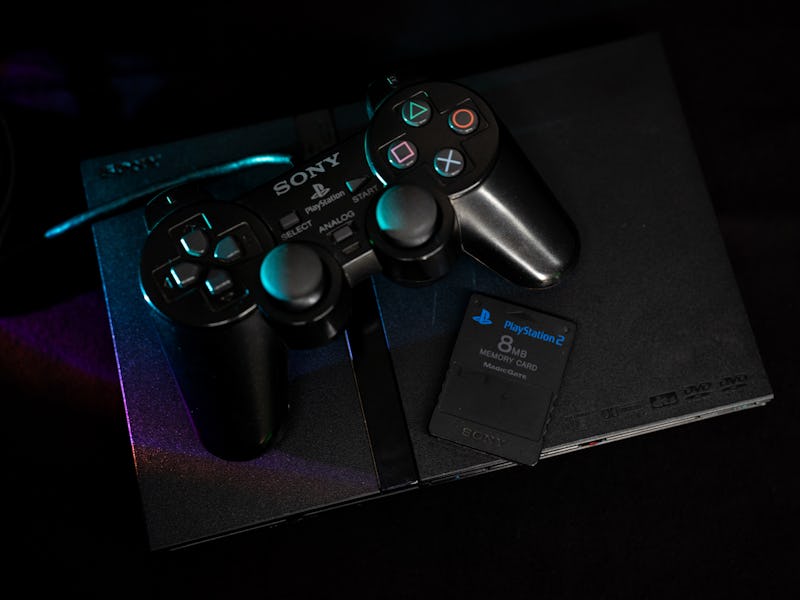The Best-Selling Console Ever Launched With A Library No One Remembers
Happy anniversary to FantaVision, Gungriffon Blaze, and Kessen.

It’s a household name now, but the PlayStation started as a risky gamble that Sony’s executives didn’t expect to perform as well as it did. But when the console launched to immediate acclaim, Sony soon had high hopes for its successor. While the first PlayStation grew out of a failed collaboration with Nintendo, the PlayStation 2 launched in North America 25 years ago as the highly anticipated follow-up to a beloved console, and it would go on to become the best-selling piece of gaming hardware of all time.
While rumors had been swirling for years about the PlayStation’s successor, Sony announced the new console in March 1999. At a Tokyo event for journalists, Sony revealed that the PlayStation 2 would be backward compatible with all existing PlayStation games, and offer a substantial performance boost for next-generation titles. At the core of the PlayStation 2 was the Emotion Engine, a Sony-designed chip that PlayStation creator Ken Kutaragi said would allow games to not only render substantially improved graphics, but simulate emotion — a claim that was hard to believe then, and whiffs of hubris today.
Sony made big promises for the PlayStation 2’s launch, and they paid off almost immediately.
Despite such dubious claims, Sony knew it had an impressive piece of hardware on its hands. At launch time, Sony’s biggest competition came from the Sega Dreamcast, a significantly weaker console that would be discontinued just a year later. And while it might not sound like much now, the PlayStation 2’s ability to play DVDs became a major selling point, justifying the new console as a full home entertainment system rather than just another gaming platform.
That certainly helped with the PlayStation 2’s launch, when it had few essential games to capture players’ attention. The PS2 had 29 launch titles available in North America, few of which are remembered today. The snowboarding game SSX is mostly notable for establishing the series that would eventually produce much better games, like SSX Tricky. Timesplitters is a cult favorite first-person shooter, but it didn’t really compete with the genre’s big names. Grand Theft Auto developer Rockstar had Smuggler’s Run and Midnight Club available, but while both racing games were fun enough, they didn’t leave a lasting impression.
After a thin launch lineup, the PlayStation 2 hit its stride in 2001.
Even with a lackluster launch lineup, the PlayStation 2 was an immediate smash success. Sony had planned to ship one million consoles for the North American launch, but delivered just half that on release day. That made the PlayStation 2 incredibly hard to get, disappointing hopeful players but contributing to all the hype surrounding the console. It wasn’t until Spring 2001 that supply caught up to demand, and games worth buying the console for appeared soon after. By the end of 2001, must-play titles like Final Fantasy X, Devil May Cry, Silent Hill 2, Ico, Metal Gear Solid 2, and Grand Theft Auto III cemented the PlayStation 2 as the era’s essential console.
The 2001 holiday season made the PlayStation 2 the console to own, and there was no stopping it after that. Over 160 million units later, it was the best-selling console of all time. Even now, huge swaths of its library are considered among the greatest games ever made. Between the shaky development of the original PlayStation and the instant success of the PlayStation 2, Sony had clearly learned what it takes to make a console great. The PlayStation line is a pillar of the industry, and the PS2’s legacy continues to this day, even if its characters could never quite emote as promised.